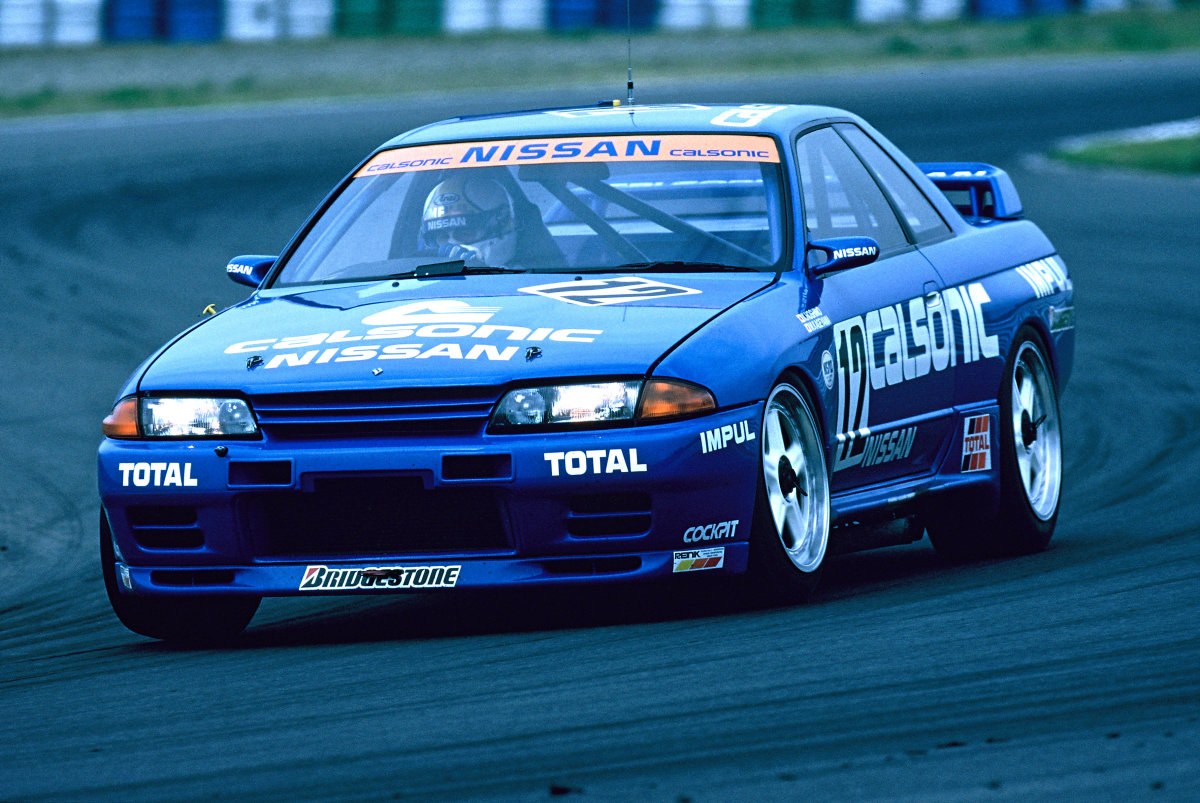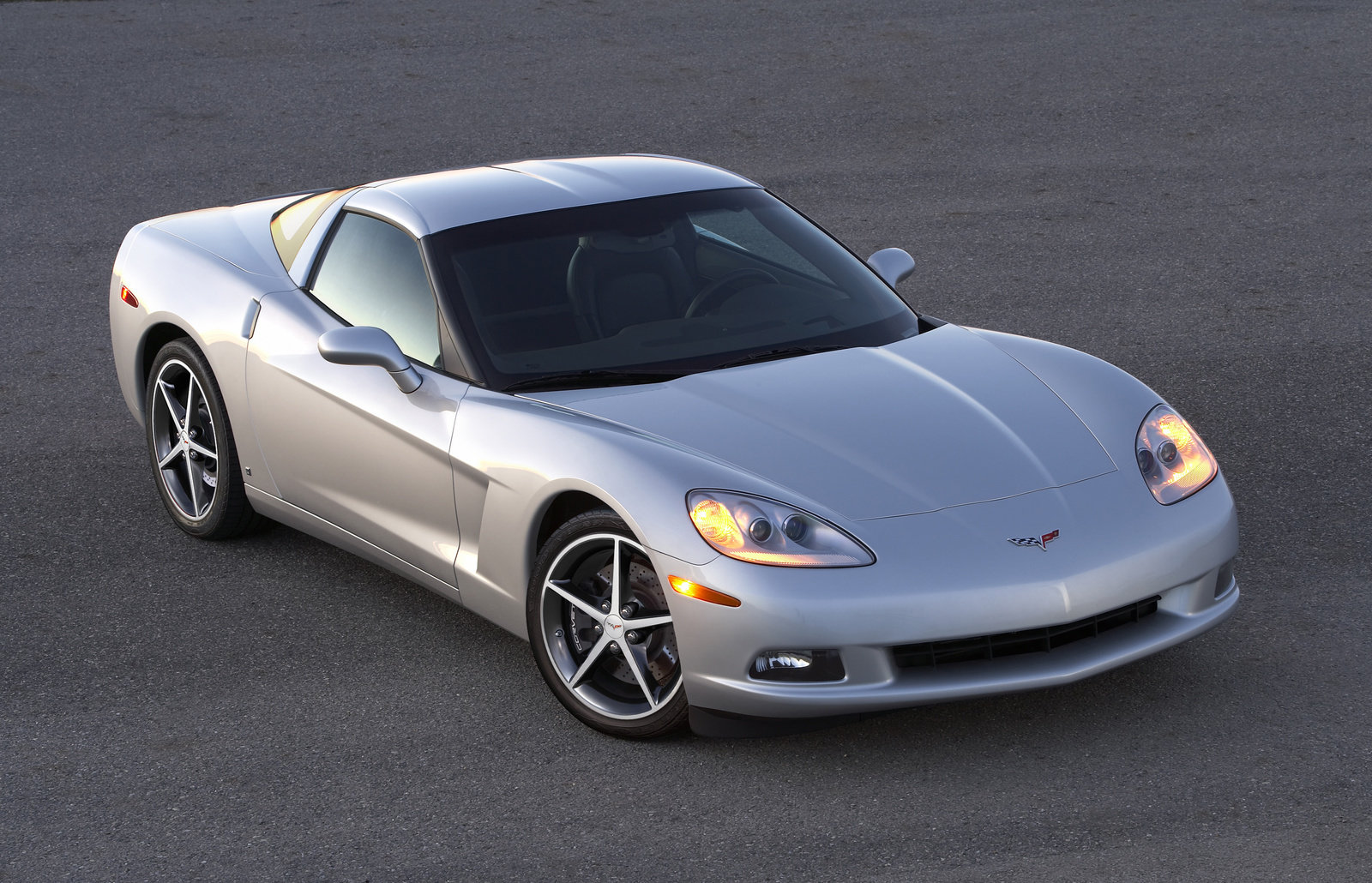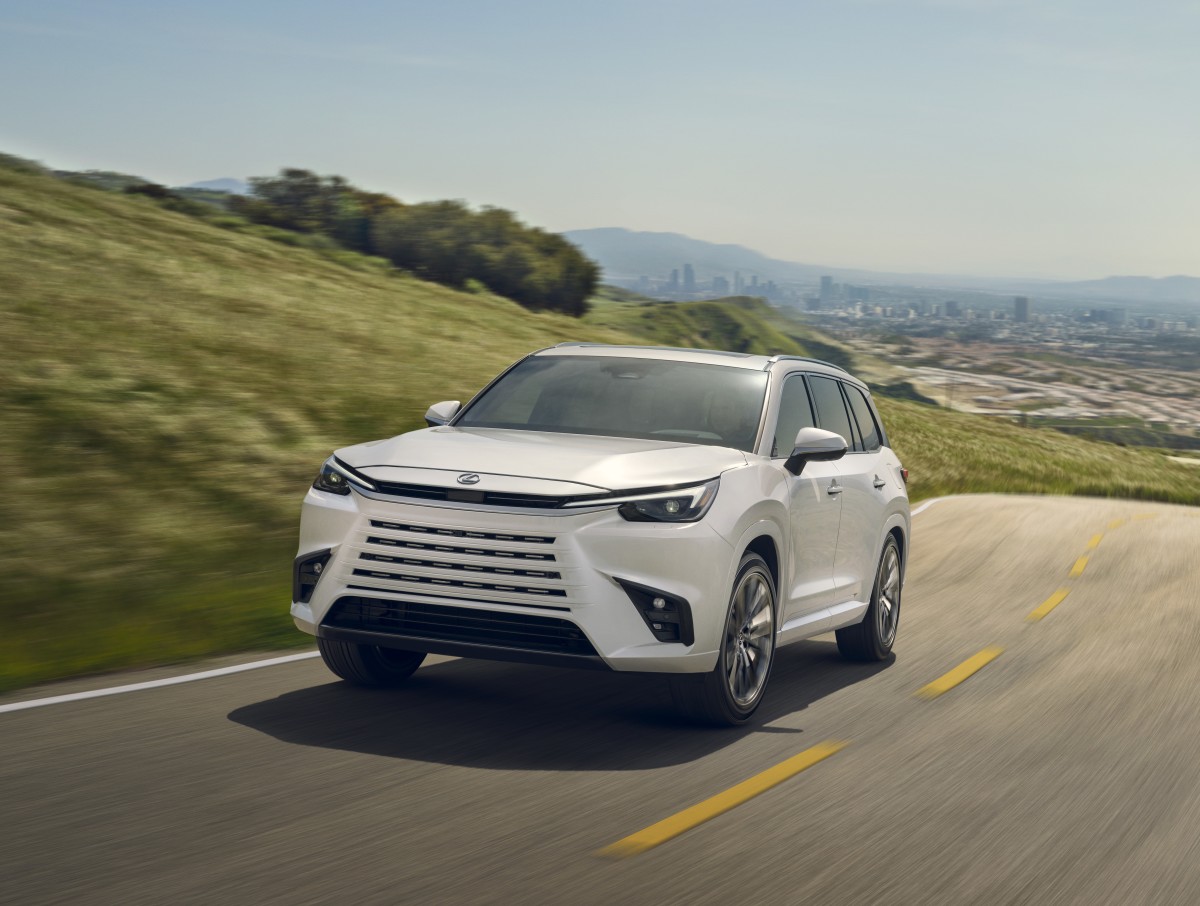The Toyota Supra is revered in automotive circles as one of the most iconic Japanese performance cars of the modern age, and it’s a deserved reputation. It has an enviable history that dates back almost half a century, with generations of cars that blended performance, style, and advanced engineering.
Originally, it was merely a variant of the Toyota Celica, but the Supra quickly evolved into a standalone model that captured the hearts and imaginations of car enthusiasts around the world. A standout appearance in the Fast & Furious movies only enhanced its popular appeal and cemented its status as a standout car for tuning.
Hallmarks of the Toyota Supra include powerful six-cylinder engines, rear-wheel drive, and precise, agile cornering. Earlier models focused on balancing performance on luxury, but the arrival of the fourth-generation Supra in 1993 really enhanced its reputation, thanks to its twin-turbocharged engine and huge tuning potential.
Despite this, the Supra took a long hiatus, but was revived by Toyota in 2019 in the form of a fifth-generation car developed in Europe with BMW. The latest Toyota Supra blends modern technology with a performance heritage that many rivals can only dream of.
Toyota Supra Buying Guide: Cost, Reliability and the Best Years to Buy
- Frequently Asked Questions
- Toyota Supra Pros and Cons
- Toyota Supra Generations
- Fifth Generation (2019-Present)
- Fourth Generation (1993-1998)
- Third Generation (1986-1992)
- Second Generation (1982-1986)
- First Generation (1978-1981)
Frequently Asked Questions
Which Toyota Supra years are the best?
When it comes to the iconic era of the Toyota Supra, it’s impossible to look past the fourth-generation model made between 1993 and 1998, particularly the twin-turbo models with the now-legendary 2JZ-GTE engine. This Supra was highly sought-after for its durability, immense tuning potential, and its inherent performance. That said, the latest Supra is also well regarded for its advanced tech and engaging driving experience.
What are the worst Toyota Supra years?
There’s no such thing as a bad era of Toyota Supras, but the early models, from 1978 to 1981, don’t have the performance of later versions. It’s better to think of these cars as collectors’ items rather than performance cars, because they just don’t have the power and handling of the Supras that came later. There’s also an ongoing and entirely subjective argument among Supra fans as to whether the latest fifth-generation Supra is a worthy wearer of the name badge, due to its shared BMW architecture.
Is a used Toyota Supra a good deal?
Supra prices can vary wildly based on condition and age – and you really are talking about a span of four-to-six figures between cars. Whether or not it represents a good deal is very much a case-by-case matter.
Toyota Supra Pros and Cons
Pros:
- Legendary performance from twin-turbo models
- Timeless styling
- Strong aftermarket support and tuning potential
Cons:
- Fourth-generation models are rare and expensive
- Early models don’t have the power of later Supras
- Some purists don’t like the shared engineering platform of the latest model
Toyota Supra Generations
Fifth Generation (2019-Present)
Objectively, the latest-generation Toyota Supra (or the Toyota GR Supra to give it its proper name, after Toyota’s Gazoo Racing motorsport division) is one of the best – but it’s also the most controversial model. For decades, the Supra badge built up legions of fans, but after being out of production for nearly 20 years, it returned as an all-new car on a platform it shares with the BMW Z4. Lots of purists found this bordered on sacrilege, even though the latest Supra has a very distinct identity compared to its BMW cousin.
Controversy aside, the new Supra gives you the choice of a 2.0-liter, four-cylinder engine or an inline-six powertrain in the GR Supra 3.0, both of which give you impressive performance. The latter has 382 horsepower, is good for a 0-60mph sprint of less than four seconds, and also features adaptive suspension, an active rear differential and a chassis that’s very rewarding on both road and track. It looks the part, too, with its long bonnet, set-back driving position, and bulging fenders.
At launch, the Supra was fitted only with an eight-speed automatic transmission but, catering to the enthusiast market, Toyota added a slick six-speed manual option in 2022. Fuel economy ratings of 23 mpg city and 31 mpg highway from the automatic transmission, and 19 mpg and 27 mpg from the manual are efficient for a performance car, too, and the emissions are also relatively low.
The latest Supra has been with us for around five years now, which isn’t quite long enough to build up long-term reliability data. Toyota has an enviable reputation for reliability, but BMW, which supplied much of the engineering under the Supra’s skin, doesn’t. Some Mark V Supra owners have reported issues with excess oil consumption, particularly on 2021 models, but it seems far from a common problem.
As it’s still a fairly new, premium car, the GR Supra commands reasonable prices. At the time of writing, the MSRP started at $56,250 for a new one, while used prices kicked off at around $35,000 for the 2.0-liter model and $38,000 for the six-cylinder. Special edition models go for considerably more.
Fourth Generation (1993-1998)
When most aficionados think Toyota Supra, they think of the fourth-generation car, codenamed the A80. It introduced the twin-turbocharged 2JZ-GTE engine, which officially produced 276 horsepower but, in reality, was merely a baseline for huge modification potential. The car became a tuner’s dream, with robust reliability and an ability to handle some pretty extreme modifications, which meant it could run rings around Porsches and even supercars of the time—and later ones, too, depending on the level of modifications, as some were capable of 200mph-plus top speeds. The styling of the Mk4 Supra, with its sleek lines and huge rear spoiler, still turns heads more than 30 years after it first appeared.
You can also get a fourth-gen Supra with a naturally aspirated version of the 2JZ engine, and while that’s less powerful, it’s still entertaining to drive. Add in features such as a limited-slip differential and a driver-focused cockpit, and it’s a fantastic driver’s car.
The A80 Supra is noted for its durability, but it’s important to remember that the oldest versions are more than 30 years old, so finding one in good condition can take some work. Many have been heavily modified, which means it’s more important than ever to check a potential purchase carefully, as improper upgrades can cause reliability issues. Check for rust, too, and ensure turbos on Supra Turbo models are in good condition.
Due to their status, fourth-generation Supras can fetch big money. If you’re lucky enough to find a well-maintained twin-turbo model, it’s not uncommon for them to fetch well north of $100,000, while even rarer low-mileage models can top $200,000. Non-turbo models tend to be more affordable, but can still sell for more than $40,000.
Third Generation (1986-1992)
The third-generation Toyota Supra was brought in for the 1986 model year. Codenamed the A70, it was the first car to be developed as a completely separate model from the Toyota Celica, upon which earlier Supras were based. With a more aggressive, angular design, the handling and performance were notably improved. A turbocharged 7M-GTE engine produced 232 horsepower, while a naturally aspirated model was also available.
For the time, the Mark III Supra was a technological leap forward, offering features such as electronically controlled suspension, pop-up headlights, and a Targa top—a removable roof panel, which rendered it a quasi-convertible and was carried over to the fourth-generation model. It trod a well-judged line between cruiser and sports car.
The third-generation Supra is noted for its high performance, but be wary – the 7M-GTE engine is notorious for blown head gaskets, due to improper torque specs from the factory. If you’re looking at a potential purchase, ensure any such issues have been properly addressed. You’ll also want to carefully check the suspension and electronics, which can be weak points in a car approaching 40 years old. As always, try to find and example with a solid maintenance history.
Third-generation Supras are available in a wide range of conditions and, often, with modifications, so pricing varies. You can pick up a non-turbo version from around $10,000, but don’t be surprised to see prices reach the $30,000 mark for a well-maintained turbocharged car.
Second Generation (1982-1986)
The second-generation Supra was officially the Toyota Celica Supra, codenamed the A60. It marked an evolution of the original car as a sportier, more performance-oriented vehicle, with a longer wheelbase and more aggressive styling, although it was still based on the standard Celica. The engines were more powerful, too, with the most notable option being a 2.8-liter inline-six with between 145 and 161 horsepower over the life of the car.
The interior on the Mark II Supra was a big improvement on the original, with features that were advanced for the time, including power windows, air conditioning and, in some versions, a digital dashboard. The availability of a manual gearbox meant it found extra favor with driving enthusiasts.
This generation of Toyota Supra has generally been reliable, but age can cause problems with reliability and with parts availability. Rust is a big thing to check, especially in the chassis, and pay close attention to the engine and transmission condition. Electrical elements can stop working with time, too, so make sure you press all the buttons and switches to check that everything works.
Pricing for the second-generation Toyota Supra is more modest than for later models, and while pristine, low-mileage models can still command decent money, you should be able to find relatively well-maintained examples for between $8,000 and $15,000.
First Generation (1978-1981)
The Supra name first appeared in 1978, and it adorned a Celica. In Japan, it was known simply as the Toyota Celica XX, but US market cars were badged Toyota Celica Supra and bore the codename A40. Later cars were known as the A50. The Celica Supra was, in essence, an upgraded version of the Celica, Toyota’s compact sports car, with a 2.6-liter inline-six under the hood and 110 horsepower. A bigger 2.8-liter engine followed in 1980, raising power by six horsepower.
Although the Supra today is a byword for performance, that wasn’t the case with its first incarnation. Rather, it was designed as a comfortable grand tourer and a rival for the Z cars from Datsun (now Nissan). But several hallmarks were present – a coupe design, a straight-six engine, and at least one eye on driver enjoyment. It was designed with a manual transmission as standard, but an automatic transmission was available as an option, and it had four-wheel disc brakes – a relative rarity for the time.
All versions of the first-generation Toyota Supra are now classics, so finding a good one can be difficult. Rust is always something to watch out for, especially underneath the car and on the body panels. There aren't any notable common problems with the engines, but due to the car’s age it can be hard to find spares, so it’s worth reading enthusiasts’ forums to see where they get their parts.
The Supra one is a bone fide classic car, so prices can vary wildly. Decent, well-maintained examples starting at around $5,000, but pristine models will fetch much more among collectors.







